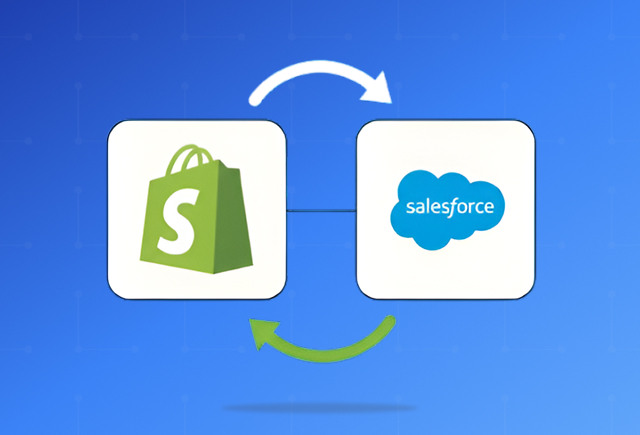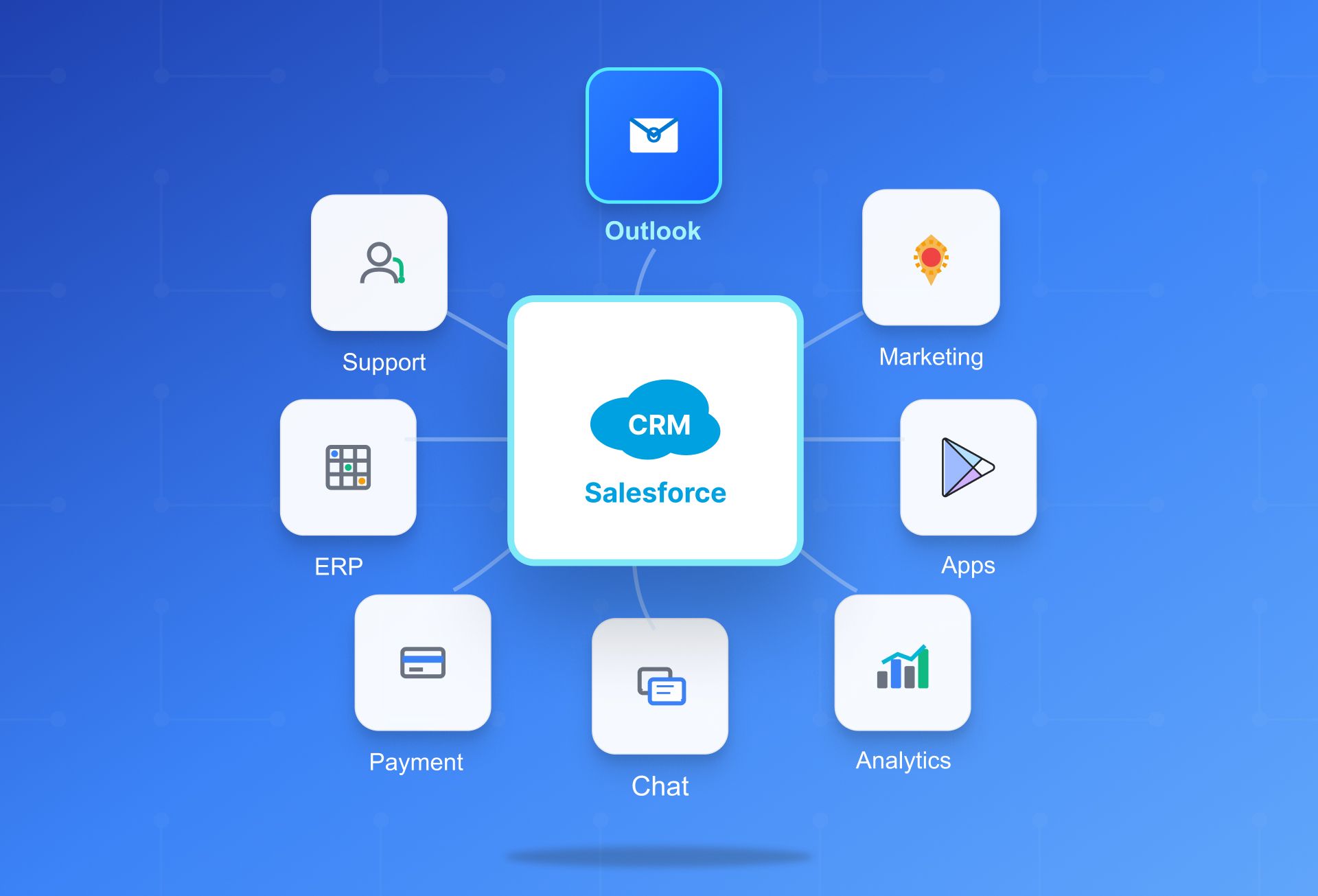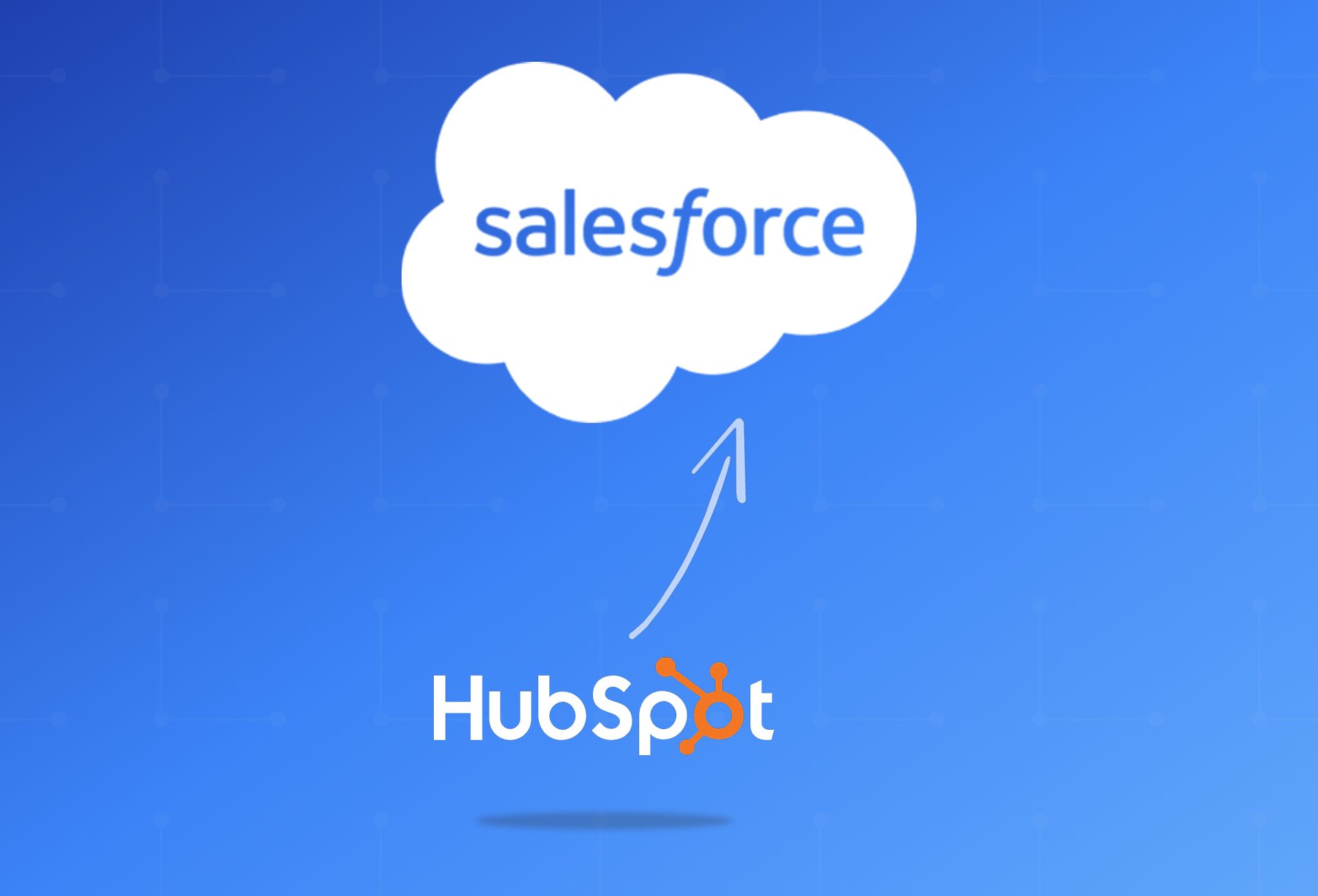Dynamics 365 for AEC Industry [A Complete Guide]
Dec 22, 2024 Aiswarya Madhu
Recently, we successfully completed three projects for leading firms in the Architecture, Engineering, and Construction (AEC) industry. Each project brought unique requirements, from integrating DocuSign for seamless document management to leveraging ZoomInfo for better lead generation and migrating legacy systems to Dynamics 365 for scalability and efficiency.
These integrations tackled major challenges such as inefficient manual processes, fragmented data silos, and complex compliance requirements.
What we learned from these experiences is that technology for AEC professionals must go beyond basic contact management. They need systems that effectively leverage relationships, showcase their expertise, and highlight their unique qualifications.
Modern CRM solutions, like Dynamics 365 for AEC, fulfill this need by enabling firms to track client interactions, support targeted marketing efforts, and streamline sales outreach.
Inspired by this success, we explored the broader challenges of the AEC industry and how Dynamics 365 can be a game-changer in addressing them.
Challenges in the AEC Industry

Siloed Operations
In the AEC sector, disparate systems often lead to isolated packets of information across departments. This fragmentation results in duplicated efforts, inconsistent data, and costly errors, ultimately affecting project delivery timelines. Teams may find themselves working with outdated or incorrect information, leading to misaligned objectives and inefficiencies.
For instance, changes made in the engineering phase may not be seamlessly communicated to the construction teams, risking alignment with project timelines and budgets.
Implementing a CRM for AEC industry can centralize data, ensuring that all departments have access to the most current information, thereby enhancing coordination and reducing errors.
Resource Management Complexities
Proper planning is inevitable in the case of allocation of resources—be it manpower, materials, or equipment—is a critical challenge for the Architecture, Engineering, and Construction (AEC) industry.
For instance, when the same engineers are assigned to multiple construction projects simultaneously, they can quickly become fatigued, leading to significant reductions in productivity and quality of work.
So, without a centralized system to track resource availability, project managers often face over-allocation, such as assigning the same skilled workers to multiple projects, leading to fatigue and reduced productivity, or underutilization, where expensive equipment remains idle, incurring unnecessary costs.
Customer Fragmentation
The AEC industry’s customer landscape is diverse, involving architects, engineers, contractors, and end-users, each with unique priorities. This diversity makes it challenging to create a single CRM for AEC industry that works for everyone.
For example, architects may prioritize design collaboration and client feedback integration, while contractors might focus on timelines and resource allocation. This divergence means that a one-size-fits-all CRM solution is often inadequate, as it fails to address specific requirements across these diverse roles.
To address this, AEC firms need flexible CRM solutions that adapt to the needs of different stakeholders, offering tailored workflows and communication channels to ensure everyone stays connected and on the same page.
Financial Oversight Difficulties
Effective financial oversight is a critical yet complex aspect of project success in the AEC industry. Challenges stem from the reliance on manual processes like spreadsheet-based budgeting and expense tracking, which are time-consuming, prone to errors, and inconsistent across departments.
Moreover, the lack of real-time financial visibility compounds these issues, as project managers struggle to monitor budget utilization or adjust plans proactively when unexpected changes arise.
Additionally, the absence of advanced forecasting tools limits the ability to anticipate future financial needs, leaving firms unprepared for cost overruns or shifts in project scope. Without a unified system, reporting inconsistencies and compliance risks further exacerbate the problem, making financial management reactive rather than proactive.
Low-Profit Margins
Operating with thin profit margins often makes technology investments in the AEC sector a cautious endeavor. Firms are hesitant to adopt new tools unless they can clearly see the financial upside.
CRM systems, especially vertical CRMs, that can quickly demonstrate value—through better lead management, smarter client interactions, and streamlined project bidding—are essential. Cloud-based solutions, in particular, can deliver these benefits while keeping costs manageable.
Lack of Standardization
Inconsistent practices and a lack of compatibility between existing tools create hurdles when introducing CRMs into AEC firms.
For example, while the project management team may favor certain software for scheduling and resource allocation, the finance team might use a different platform for budgeting and cost tracking. This disjointedness can lead to inefficiencies when trying to integrate a new CRM system, as teams struggle to align their workflows and data formats.
Many struggle to connect new systems with their current project management or financial software. CRMs designed with interoperability in mind—offering APIs and open standards—can help bridge these gaps, making data more accessible and collaboration easier across teams.
Skill Gaps
The AEC industry faces a shortage of tech-savvy professionals, which complicates the effective use of modern CRMs.
Many employees are unprepared to leverage advanced and sophisticated features due to limited training or outdated learning methods.
They need something with user-friendly interfaces that require minimal technical expertise that can greatly enhance employee engagement. Something like an interface that they are already familiar with, like how Dynamics 365 shares a familiar interface with that of Microsoft.
What Does an AEC Firm Need to Streamline Operations and Drive Success?
To simplify operations and achieve success, AEC firms need CRM systems equipped with the following features:
- Integrated Project Management
- Real-time tracking of projects and resources.
- Centralized collaboration tools for seamless communication.
- Visibility into progress to reduce delays and improve decision-making.
- Client Relationship Management
- Centralized client data for personalized service.
- Quick access to past interactions to strengthen client relationships.
- Tools to drive repeat business and referrals.
- Financial Management
- Automated invoicing and expense tracking.
- Real-time monitoring of budgets and financial performance.
- Accurate forecasting to avoid budget overruns.
- Customizability
- Flexible features to adapt to evolving workflows.
- Tailored functionalities to match specific project needs.
- Scalable solutions for growing businesses.
- User-Friendly Interface
- Intuitive design for easy adoption and use.
- Reduced training time with accessible navigation.
- Enhanced team productivity with minimal learning curve.
What if we say we say, you can get a vertical CRM solution specifically designed to meet the need of AEC industry. Well, we’re talking about Dynamics 365 for AEC.
Why Are People Choosing Dynamics 365 for AEC Firms?

The AEC industry demands CRM systems that go beyond basic contact. Microsoft Dynamics 365 For AEC stands out as the preferred choice due to its unique features and seamless integration capabilities.
Comprehensive Module Specific Solutions
Here is a thorough analysis of how Dynamics 365 can bring impactful changes through its modules:
1. Dynamics 365 Project Operations
Dynamics 365 Project Operations provides a comprehensive solution for managing projects and resources effectively. Here are some of the ways AEC firms can leverage them:
- Enhanced Project Planning: This module allows for detailed project planning with Gantt charts that visualize timelines, task dependencies, and milestones, enabling project managers to create realistic schedules that consider all workflow requirements.
- Resource Optimization: The system's advanced resource management capability aligns the right personnel with the appropriate skills to the right projects. This helps avoid overloading certain individuals while underutilizing others, thus enhancing overall productivity and retention of top talent.
- Real-Time Financial Tracking: Project Operations supports real-time financial visibility by integrating budgeting and cost management directly into project workflows. Project managers can track expenses, manage budgets efficiently, and make informed decisions, which leads to better financial accountability and improved profit margins.
- Streamlined Collaboration: By incorporating Microsoft Teams into projects, stakeholders can communicate seamlessly. This integration fosters collaboration by allowing users to share updates, documents, and insights instantaneously, enhancing coordination among project teams regardless of location.
2. Dynamics 365 Sales
The Sales module of Dynamics 365 is designed to enhance client engagement and streamline sales processes:
- Lead and Opportunity Management: AEC firms can track, and nurture leads through the sales funnel with enhanced automation features. By making use of opportunity scoring and AI-driven insights, sales teams can focus on high-potential leads, improving conversion rates.
- Client Insights and Analytics: The module provides analytical tools that assist firms in understanding client needs and tailor engagement strategies in tandem with the requirements of the client.
- Integrated Collaboration: Native integration with Microsoft Teams allows sales personnel to collaborate in real-time, share customer insights, and draft proposals collectively. This integration minimizes communication barriers and improves the speed of closing deals.
3. Dynamics 365 Finance
The Finance module is essential for optimizing financial operations, which is critical in the capital-intensive AEC sector:
- Automated Financial Processes: The Finance module is equipped with features for automated invoicing and expense tracking. AEC firms can reduce manual errors (such as incorrect billing amounts, client information, or service descriptions) and improve cash flow.
- Budgeting and Cost Management: The module supports advanced budgeting techniques by enabling firms to track project expenses against forecasts accurately. This capability allows project managers to spot variances early and adjust strategies accordingly.
- Integrated Reporting and Analytics: Real-time dashboards and reporting tools allow firms to monitor financial health. Access to detailed financial analytics facilitates informed decision-making and supports effective cash flow management across multiple projects.
4. Dynamics 365 Customer Service
The Customer Service module focuses on enhancing client satisfaction and support processes. Here is a quick glance through its major features:
- Efficient Issue Tracking: AEC firms can manage service requests efficiently, track incidents, and resolve issues promptly via the case management features. By having visibility into every client interaction, the firm can provide a superior customer experience.
- Knowledge Base and Self-Service Options: The system includes a centralized knowledge base that empowers clients and service agents to find solutions quickly. Self-service capabilities enable clients to resolve issues on their own, thus improving overall satisfaction.
- Service-Level Agreements (SLAs): By defining SLAs within the module, firms can set expectations for service delivery and response times, ensuring accountability and improving client relationships.
5. Dynamics 365 Human Resources
This module is crucial for managing the workforce effectively, a key asset in any AEC firm:
- Streamlined Recruitment and Onboarding: Dynamics 365 Human Resources automates recruitment processes from sourcing candidates to onboarding procedures. By integrating with LinkedIn, it helps reach a wider talent pool and improve the quality of hires.
- Performance Management: The platform assists in tracking employee performance through customizable metrics and feedback mechanisms. This capability fosters a culture of continuous improvement and helps align individual performance with organizational goals.
- Employee Engagement Tools: By providing self-service capabilities for employees to manage their profiles, requests, and performance tracking, the module helps boost morale and engagement levels while reducing administrative burdens on HR departments.
Better User Experience & Familiar Interface
Dynamics 365 offers a user-friendly experience that enhances productivity and collaboration, making it an ideal choice for AEC firms. Its familiar Microsoft ecosystem ensures seamless integration with tools like Microsoft Teams, Outlook, and Office 365, creating a collaborative environment that AEC employees are already accustomed to. This familiarity simplifies workflows, enhances communication within project teams, and allows quick access to relevant data within widely used platforms.
Additionally, the process-driven interface of Dynamics 365 is designed to be intuitive and easy to navigate. This reduces the learning curve, enabling faster user adoption—a critical factor for firms employing a seller/doer model.
Advanced Analytics and Reporting
In the AEC industry, managing complex projects with tight timelines, strict budgets, and scattered data is a constant challenge. This is where the integration of Microsoft Dynamics 365 with Power BI makes a real difference. Power BI turns fragmented project data into clear, interactive dashboards that help project managers track budget adherence, resource allocation, and timelines in real time. So, you no longer need to dig through outdated reports or juggle between multiple spreadsheets—managers get instant insights to course-correct before issues escalate.
Also, Power BI ensures clients can view project progress through shared dashboards. This not only enhances communication but also reassures clients that their projects are on track, strengthening relationships. Additionally, Power BI’s ability to forecast trends helps firms anticipate resource bottlenecks or potential overruns, allowing for proactive decision-making.
Scope for Automation and Customization
When it comes to managing complex projects to coordinating multiple stakeholders, Dynamics 365 supports tailored customization, automation, and integration.
AEC firms can customize user interfaces, project templates, and reporting structures to align with workflows like bid management, resource allocation, and scheduling, reducing manual effort and ensuring process alignment.
Moreover, with PowerApps, repetitive tasks such as document approvals, project updates, and invoicing can be automated, triggering real-time notifications and resource adjustments to enhance visibility and project execution.
Additionally, Dynamics 365 integrates with tools like SharePoint for document management, financial systems for cost tracking, and scheduling software for timeline management. This integration eliminates redundant data entry and provides a unified view of budgets and progress, empowering AEC firms to streamline operations, improve collaboration, and deliver projects efficiently.
Cost Efficiency & Flexible Licensing
The system's user-based licensing allows firms to pay only for what they need, scaling subscriptions as user roles or demands change. Businesses can opt for comprehensive licenses for key personnel while utilizing lighter options, such as Team Member licenses, for limited access users, ensuring optimal cost management. Additionally, the pay-as-you-go model eliminates hefty upfront costs, making it ideal for companies with fluctuating needs or those adopting ERP and CRM systems for the first time.
Moreover, by consolidating CRM, ERP, and other essential business applications on a unified cloud-based platform, Dynamics 365 significantly lowers IT infrastructure and maintenance expenses.
Bottomline
Are you Looking for the Best CRM for AEC Industry?
So when it comes to AEC industry, where projects are complex, timelines are tight, and resources are often stretched, having the right systems in place is not just an advantage—it’s a necessity. Microsoft Dynamics 365, with its flexible licensing, robust integration capabilities, and tailored automation, equips AEC firms to tackle industry-specific challenges head-on.
Get in touch with us today to know how we help leverage Dynamics 365 for AEC industry
Recent Posts

Salesforce Shopify Integration [A Complete Guide]
Dec 03, 2025

Salesforce Outlook Integration Guide
Oct 30, 2025

HubSpot Salesforce Integration Guide [All You Need to Know]
Oct 28, 2025
Category
Our Expertise
About Author

Aiswarya Madhu
Aiswarya Madhu is an experienced content writer with extensive expertise in Microsoft Dynamics 365 and related Microsoft technologies. With over four years of experience in the technology domain, she has developed a deep understanding of Dynamics 365 applications, licensing, integrations, and their role in driving digital transformation for organizations across industries.
Never Miss News
Want to implement Dynamics 365?
We have plans which will meet your needs, and if not we can tweak them around a bit too!


